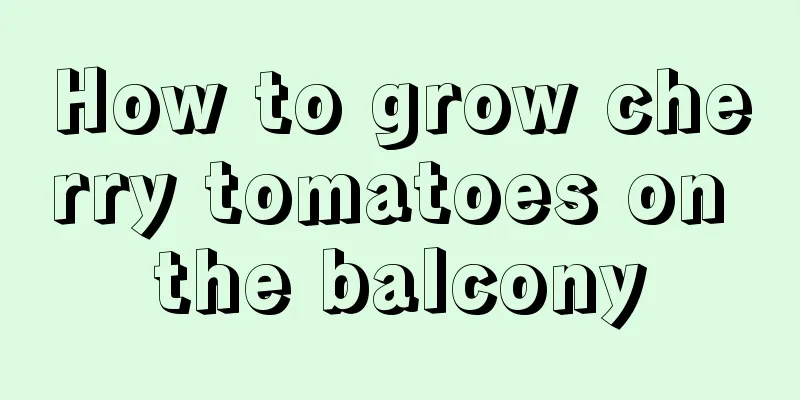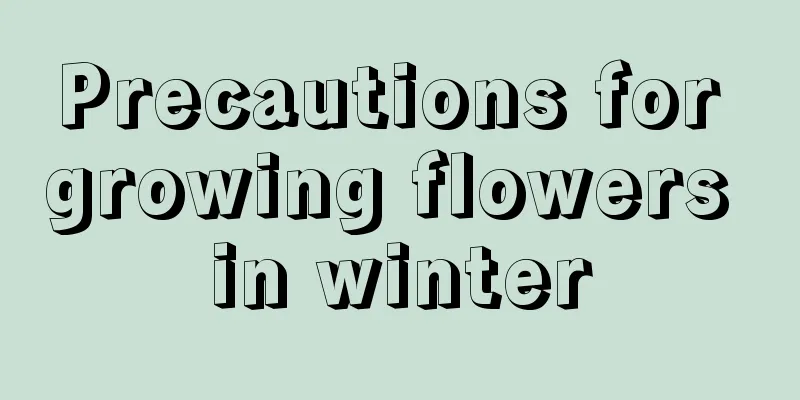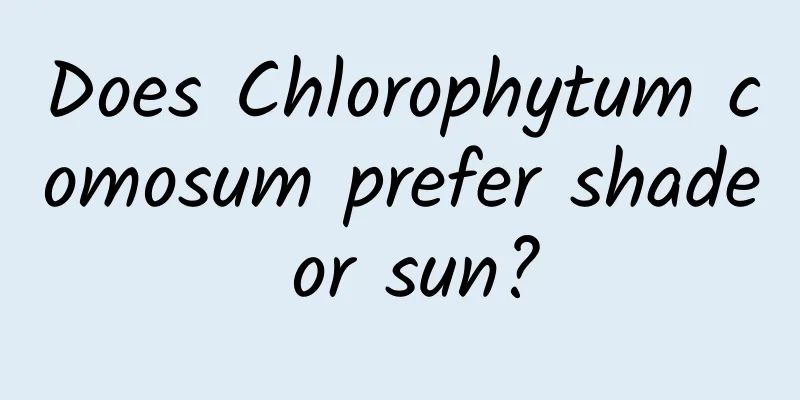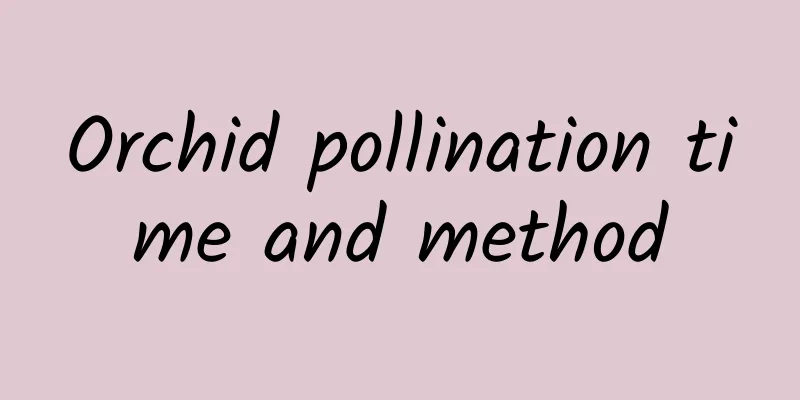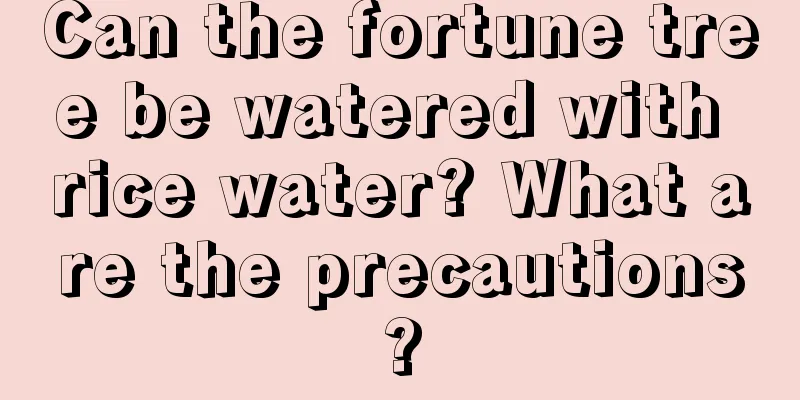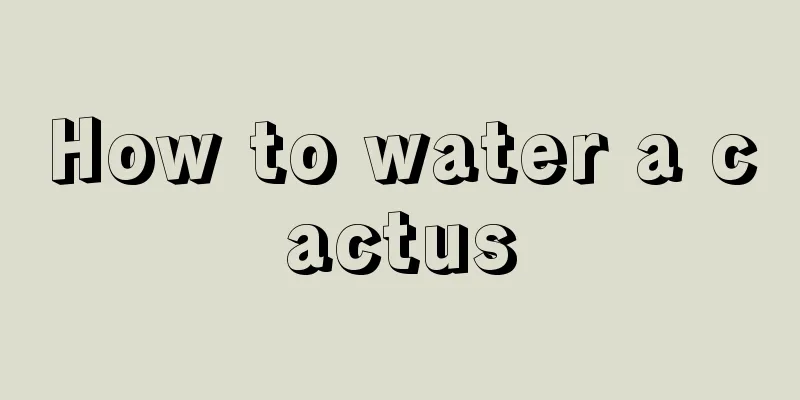When is the best time to spray boron fertilizer (boron fertilizer should be applied on rainy days or sunny days)
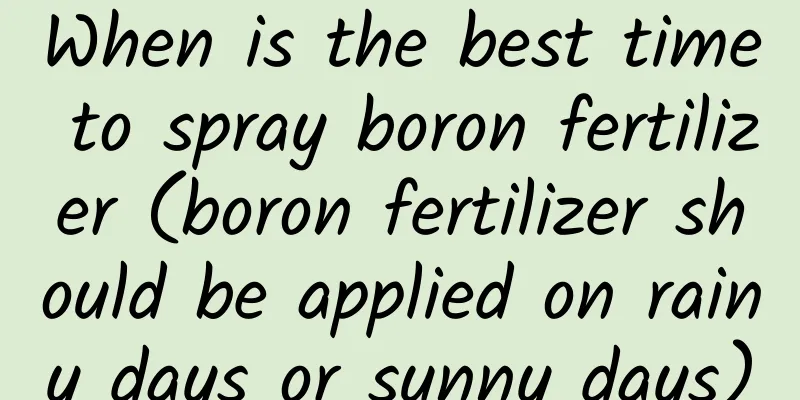
|
As for the trace element boron, it can be said that all flowering crops need boron, such as peanuts, soybeans and other leguminous crops, rapeseed, cabbage and other cruciferous plants, potatoes, fruit trees, celery, cucumbers and other vegetables, all of which are in great need of boron. Especially for leguminous crops such as peanuts and soybeans, the formation of their nodules is closely related to boron. Boron-deficient peanuts, soybeans and other crops have fewer rhizobia and may even be unable to fix nitrogen, affecting yield. There are many boron fertilizers on the market now, such as borax, boric acid, sugar alcohol boron and other fluid borons, which can be used for seed soaking, root soaking, as base fertilizer, topdressing, foliar spraying, etc. We usually spray boron fertilizer and other trace element fertilizers on the leaves, that is, mix a certain amount of trace fertilizer with water in proportion to make a solution of a certain concentration, and spray it during the growth period of crops. The effectiveness of boron fertilizer and other foliar fertilizers after spraying is closely related to the length of time they stay on the leaves. When spraying boron fertilizers and other trace elements, pay attention to the following points: 1. The water used for spraying should be clean and should be mixed evenly with the micro-fertilizer. 2. Spraying should be done when there is no dew or rain . If there is dew or rain, the fertilizer solution will not easily adhere to the leaves of the crops and will be easily washed away and diluted . 3. It is not advisable to spray under high temperature and scorching sun, because the water evaporates quickly under high temperature and scorching sun, and the water stays on the leaves for a short time, which affects the absorption rate. In addition, the fertilizer left after the water evaporates can easily burn the leaves. The best time to spray foliar fertilizers such as boron is after 4 p.m. on a sunny day. At this time, the temperature drops, the crop leaves are drier, and the fertilizer liquid is easy to adhere to. After a night, the nutrients can be better absorbed by the crops and the effect is better . A cloudy day is also good, as long as it doesn't rain within 4-6 hours . When spraying boron fertilizer and other trace element fertilizers, adding an appropriate amount of silicone, neutral laundry detergent, or even a handful of sugar will also work, increasing the adhesion of the leaves and having an synergistic effect. 4. Boron fertilizer can be applied together with nitrogen and phosphorus fertilizers when applied as base fertilizer. When the plant shows symptoms of boron deficiency, or to prevent the occurrence of boron deficiency, 0.1%-0.2% borax or boric acid solution can be sprayed on the leaves, once every 7-10 days, for 2-3 times in a row. Why do nutrient deficiencies often occur in crops today, while they were rare in the past? This is because in the 1950s and 1960s, we mainly used organic fertilizers such as manure, compost, and stable manure, and rarely used chemical fertilizers. Organic fertilizers contain sufficient trace elements, so there is no shortage of them. Later, with the extensive use of chemical fertilizers, the input of organic fertilizers became less and less, but the absorption of trace elements by crops did not decrease. In addition, as crop yields increased significantly, the trace elements in the soil would gradually decrease, and crops would suffer from nutrient deficiencies. Therefore, we have to supplement trace elements in a timely and appropriate amount to achieve the effect of increasing production. Although boron fertilizer can increase the yield and quality of crops such as peanuts, we must pay attention to the amount used. The more the better is not necessarily true. Excess boron fertilizer will cause the crop leaves to turn yellow, and in severe cases, turn brown and scorched. Foliar fertilizer must be used as soon as it is prepared. It can be mixed with suitable insecticides and fungicides. The time for spraying should be around the evening when it is clear and windless, or on a cloudy day but not rainy. |
Recommend
Are rose thorns poisonous? What should you do if you are pricked?
1. Is it poisonous? Rose thorns are not poisonous...
The secret of growing flowers on the south balcony
1. Lighting For the south balcony, there is plent...
The efficacy and function of Poria cocos
1. Anti-cancer Regular consumption of Poria cocos...
A 60-year-old flower farmer grows asparagus fern in this way. Not only does it bloom every year, but it also produces a lot of seeds!
There are some tips for watering asparagus fern 1...
Why does the hibiscus flower bud fall off?
Hibiscus has become a popular internet celebrity ...
Is Houttuynia cordata the same as Houttuynia cordata? Can Houttuynia cordata be eaten?
1. Are they the same? Houttuynia cordata and Hout...
Rapeseed planting time and method
Rapeseed Planting Time The planting time of rapes...
Can lily of the valley be grown hydroponically? Is hydroponics better or soil cultivation better?
Can lily of the valley be grown hydroponically? L...
What to do if geranium grows too tall
Excessive water and fertilizer causes geranium to...
Cutting propagation of the city that never sleeps
time The best time for cuttings is spring, March ...
When should ginger be sown?
Ginger prefers warm and humid climatic conditions...
How many years does the golden marble tree bear fruit?
Introduction to Planting Golden Marble Tree The g...
The difference between pineapple flower and water tower flower
1. Difference of blades Bromeliad flowers are har...
What are the functions of water fern
Medicinal value of water fern Water fern is cool ...
Will Christmas cactus freeze to death in winter?
1. Temperature 1. Spiders have relatively weak co...

